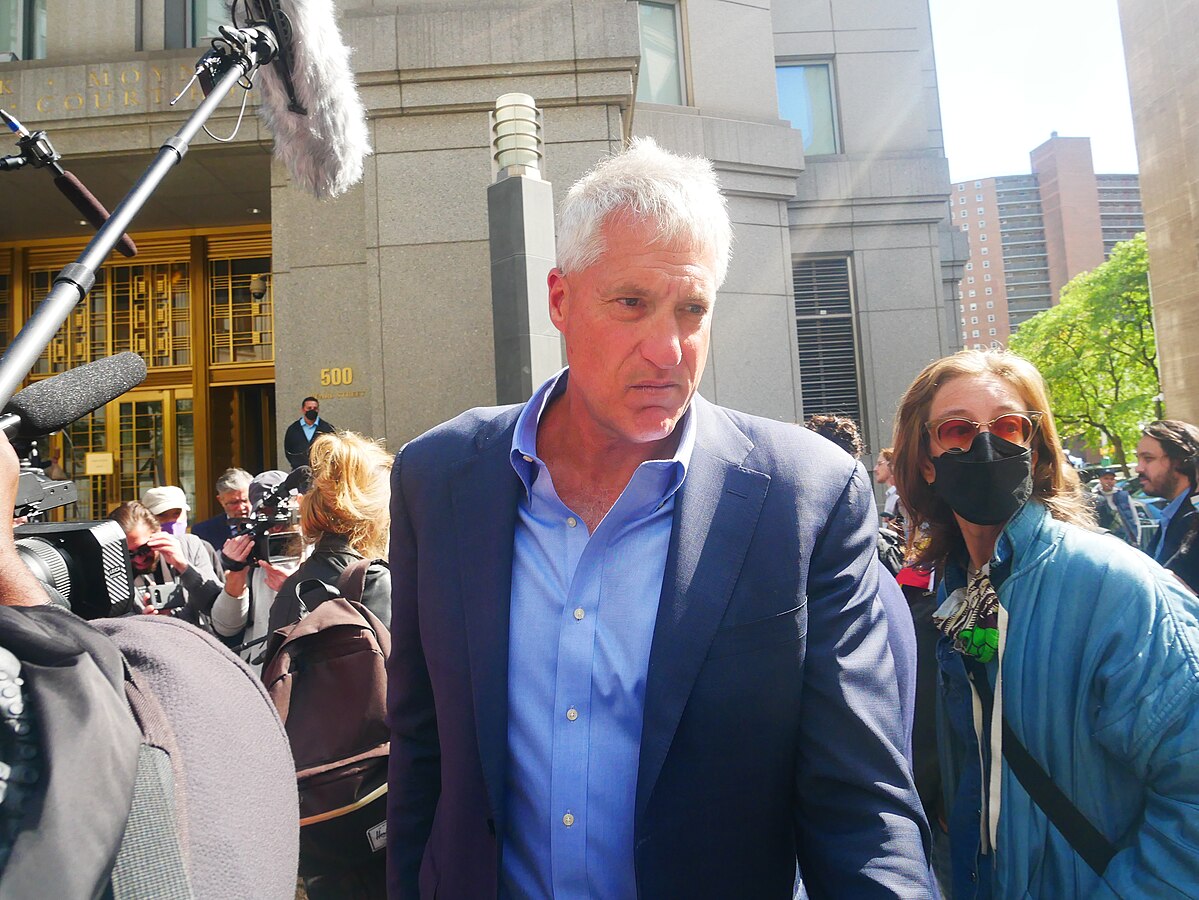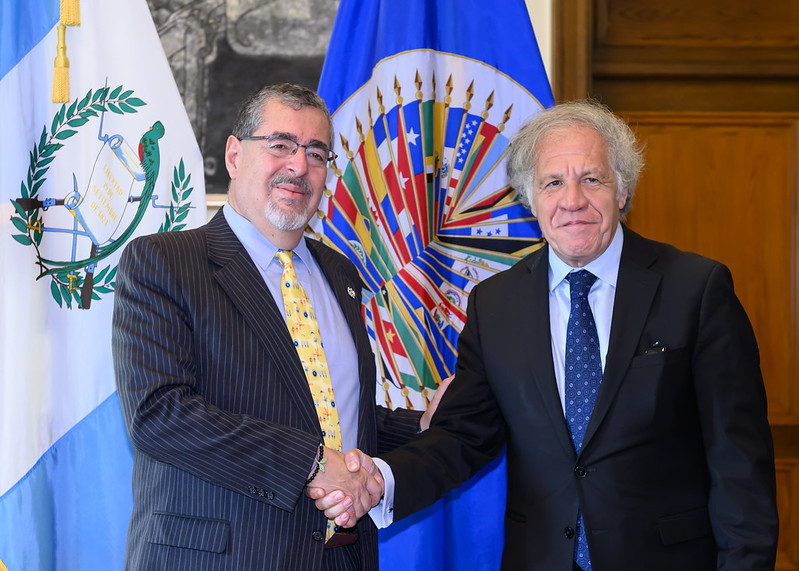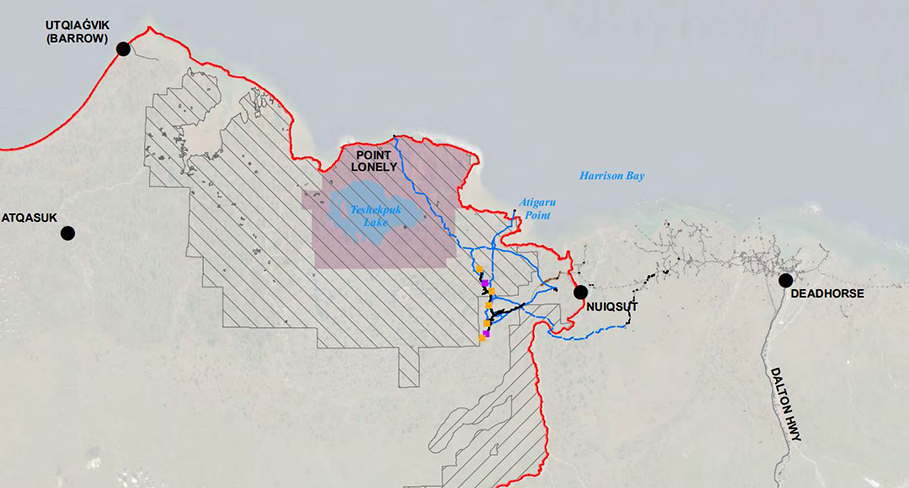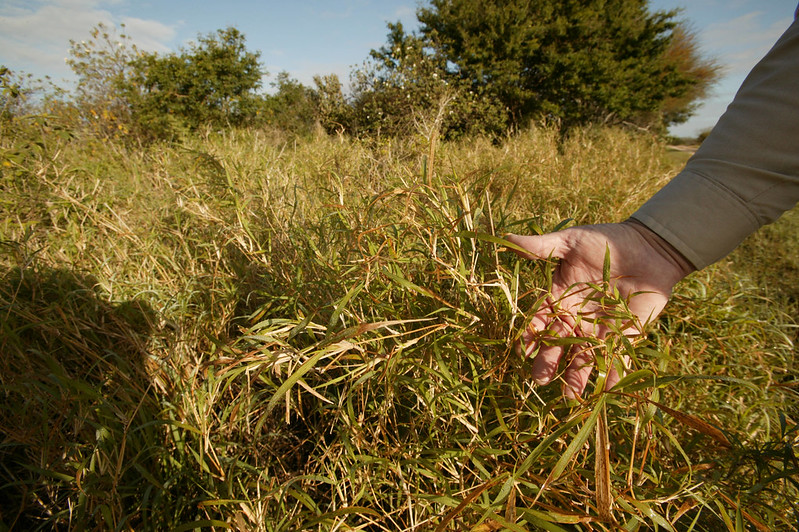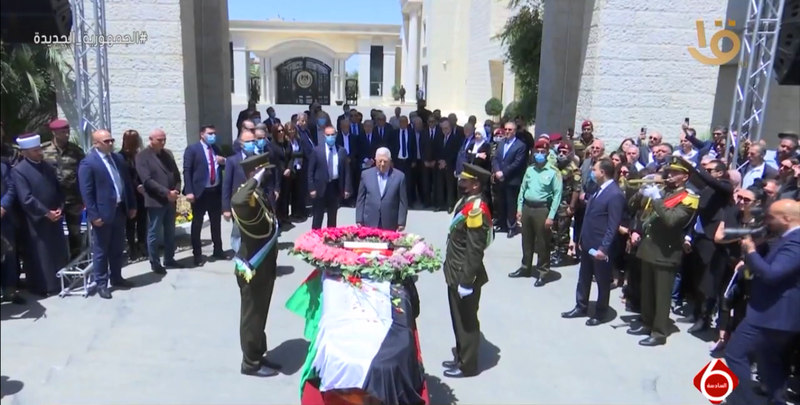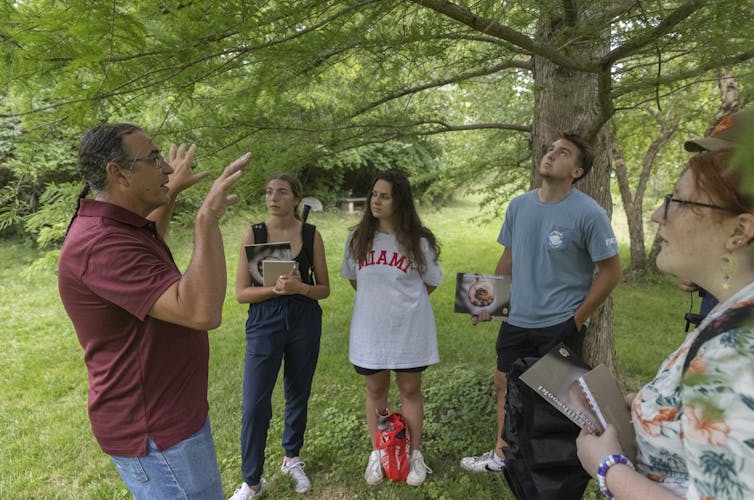“It’s past time our leaders take this simple step and stop funding activities that are completely at odds with protecting our climate,” one advocate said.
By Olivia Rosane. Published 5-15-2024 by Common Dreams

More than 200 environmental and climate advocacy groups sent a letter to Congress on Wednesday demanding that lawmakers stop funding the extraction of fossil fuels on public lands and waters.
The letter argues that Congress’ annual approval of taxpayer funds to subsidize oil and gas drilling and coal mining “undermine” the international agreement reached at the United Nations COP28 climate conference last year on the need for “transitioning away from fossil fuels.”
Continue reading

